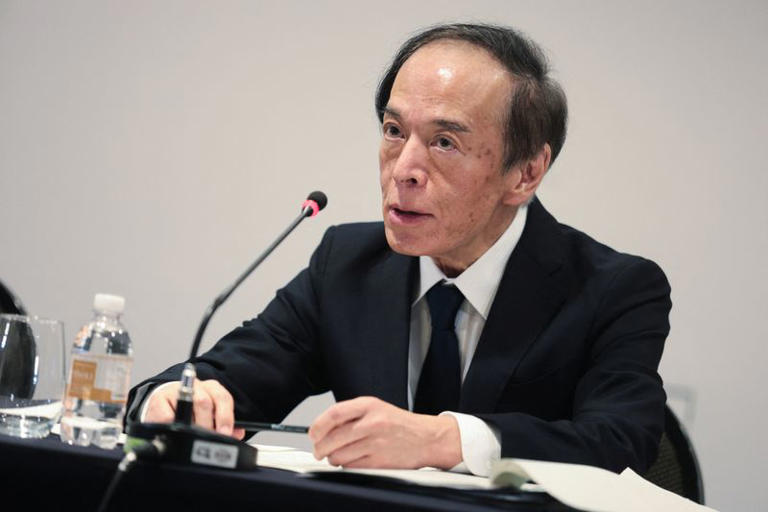Bank of Japan Governor Kazuo Ueda is expected to proceed cautiously in normalizing monetary policy after ending negative interest rates, according to former central bank executive Hideo Hayakawa. Ueda, known for his cautious approach during his tenure as a BOJ board member until 2005, is likely to transition the current policy framework into a more orthodox one, combining a short-term interest rate target with guidance on future monetary policy.
Hayakawa highlighted Ueda’s previous role in introducing forward guidance, which pledged to maintain interest rates at zero until deflationary concerns were addressed. This suggests that Ueda may prioritize consensus-building within the board and proceed gradually with policy normalization.
While the BOJ is expected to end negative interest rates this spring, Hayakawa suggests that Ueda will adopt a wait-and-see approach to assess the impact on inflation-adjusted real wages. Currently, the BOJ guides short-term rates at -0.1% and caps the 10-year bond yield around zero, in addition to purchasing risky assets like exchange-traded funds (ETFs).
Sources indicate that the BOJ will debate exiting its negative rate policy soon, especially if preliminary survey results on big firms’ wage talks show positive outcomes. Ending negative rates would signify a significant shift away from the BOJ’s extensive stimulus measures and mark Japan’s first rate hike since 2007.
In addition to ending negative rates, the BOJ is expected to discontinue its bond yield control and dismantle frameworks for purchasing risky assets like ETFs. These changes would reflect a broader transition in Japan’s monetary policy stance as it seeks to achieve sustainable economic growth and meet its inflation target.
